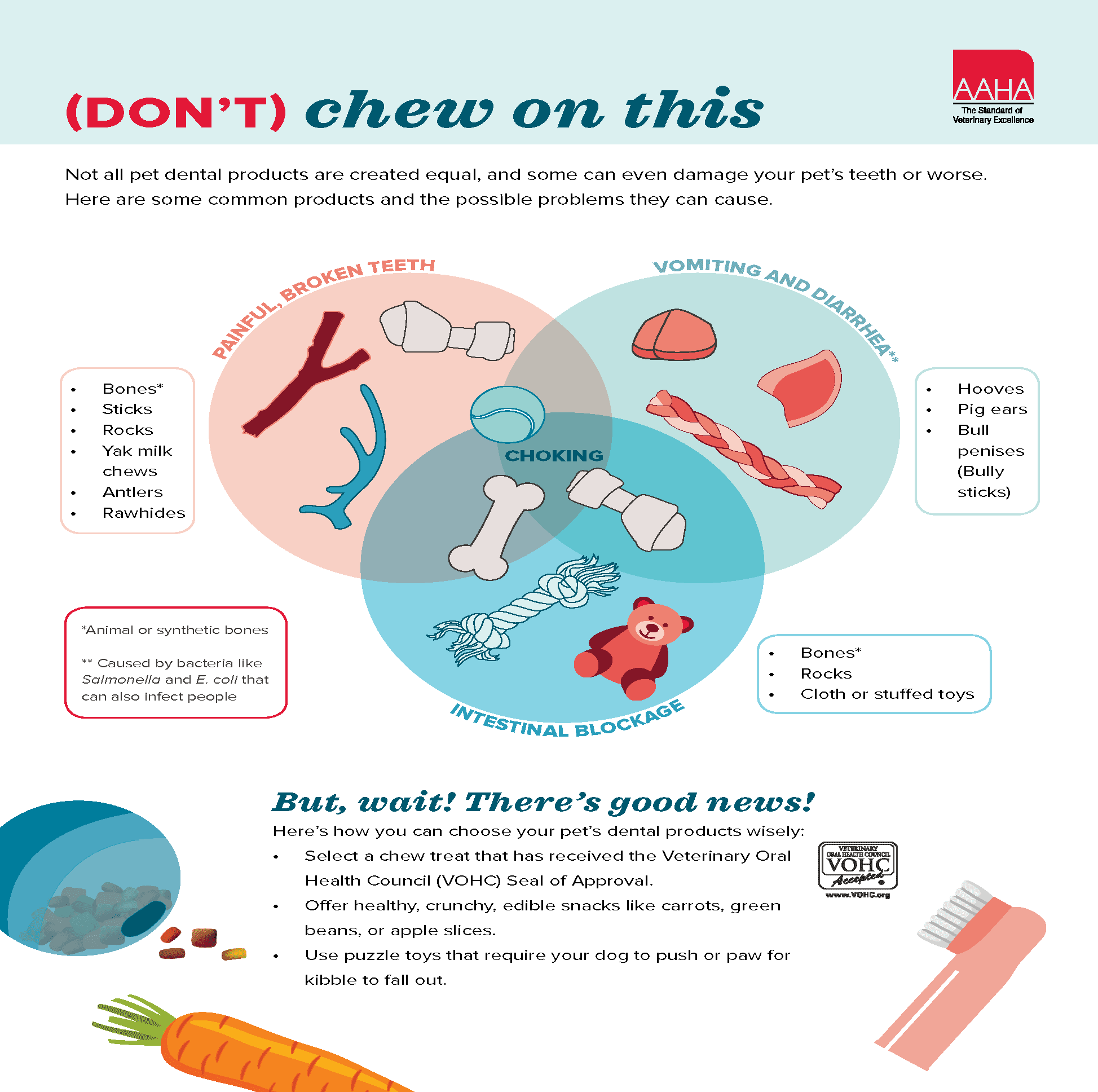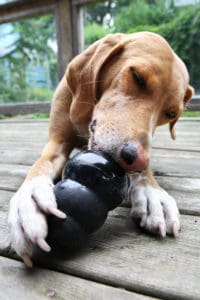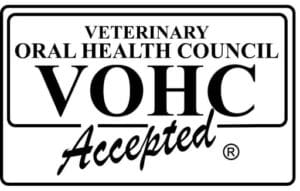It is a normal behavior for puppies and dogs to chew on objects as they explore the world around them. This activity helps to strengthen the jaw and keep teeth cleaner. The mechanical action of chewing helps get off some tartar that may already be on the teeth. For puppies, this behavior may be a sign of teething and helps alleviate some of the pain. Unfortunately, chewing can cause several issues as well. There are plenty of times that owners come home to find some unexpected damage inflicted by their dog. In this article, it will discuss the dangers of certain chew toys and how to make sure your dog stays safe while doing this natural behavior.

There are reasons behind the chewing behavior. The dog may be bored, suffer from separation anxiety, fear-related, or they just want attention. The main thing you can do is be aware of this behavior and consult your veterinarian if it is due to separation anxiety. Also, take responsibility for your belongings by keeping objects out of your dog’s reach. Boredom can play a huge role in chewing, but if you give your dog plenty of physical and mental exercise, the chewing may lessen.

Chewing on certain objects can be dangerous to your dog. Even some pet dental products can damage your pet’s teeth or cause other harm.
-
-
-
-
-
- Broken teeth- fractured teeth are one of the more common dental problems encountered from inappropriate chewing. Carnivore teeth are not designed to chew on bones or other objects that are harder than the teeth themselves. Broken teeth have exposed pulp that may become infected. When choosing a toy, here are some “rule of thumbs” to keep in mind when deciding if the toy is appropriate.
- If you cannot indent the surface with your finger nail, it is too hard and should not be given.
- Knee cap rule- if you hit yourself in the knee with the object and it hurts, it’s too hard to give to your pet.
- Hammer rule- if you can drive a nail into the product, it’s too hard for your pet.
- If you cannot flex or break the product with your bare hands, please avoid it and do not give to your pet.
- Avoid tennis balls- the abrasive surface of the ball has a sandpaper-like effect on the tooth structure that damages the enamel and may expose the dentin or even the pulp.
-
-
-
- Gastrointestinal upset- there are some products that may give your pet certain issues with their GI system. Hooves, pig ears, rawhides, and bully sticks are just some examples of objects that can cause vomiting and diarrhea. Rawhide chews can contain trace amounts of toxic chemicals. This means that Salmonella or E. coli contamination is possible. Even humans can be at risk when coming into contact with these bacteria on rawhide treats. It is best to limit rawhide chewing time to decrease the chance of GI upset and/or obstruction. Another “rule of thumb” is to let your pet chew on the rawhide until it gets soft. Once it has reached this level, take away and let it harden. Rawhides are meant to be chewed, not eaten, so make sure your pet is not getting large pieces off.

(2)
-
-
- Intestinal blockage/obstruction- this is VERY dangerous and may become an emergency. If a dog eats a toy and is unable to pass it, it becomes stuck in the GI system and leads to your pet becoming very sick. Toys that may cause this are bones, rope toys, soft fabric toys like stuffed animals, and rawhides with double knots. Watch for signs of intestinal blockage and contact your veterinarian if your dog has these signs:
- →Regurgitation
- →Repeated swallowing
- →Vomiting
- →Diarrhea, with or without blood
- →Fever
- →Lack of energy
- →Signs of pain
- →Refusal to eat or weight loss

(3) It is always important to supervise your pet while they are chewing. You can choose your pet’s products wisely by selecting a chew that has received the Veterinary Oral Health Council (VOHC) Seal of Approval on it. Offer healthy, crunchy, edible snacks as a replacement to harder bones and pig ears. Inspect toys prior to giving to make sure sections can’t be removed easily. Lastly, inspect toys daily after giving them to your dog to make sure pieces are not missing. Throw away any toys that are damaged or if you are concerned that your dog is getting sections off.
- Intestinal blockage/obstruction- this is VERY dangerous and may become an emergency. If a dog eats a toy and is unable to pass it, it becomes stuck in the GI system and leads to your pet becoming very sick. Toys that may cause this are bones, rope toys, soft fabric toys like stuffed animals, and rawhides with double knots. Watch for signs of intestinal blockage and contact your veterinarian if your dog has these signs:
Article written by: Lindsey G
Image Sources:
(1) https://upload.wikimedia.org/wikipedia/commons/8/8a/Dog_enjoying_black_kong_toy.jpg
(2) https://www.pikrepo.com/ftplc/tan-brindle-puppy-biting-chew-toy
(3) http://www.vohc.org/

